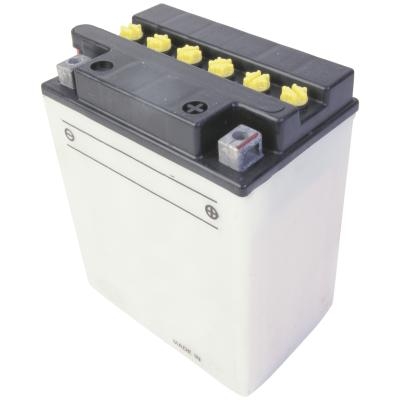
The specific gravity of a battery is a measurement of the weight of the electrolyte in the battery cell compared to water. Reading your battery's specific gravity is an accurate way to find out the condition of the battery cells. It applies only to wet cell batteries, such as your car's lead-acid battery. You can measure specific gravity only if your battery is not a sealed type, as you need to access the individual battery cells. The instrument you need to test specific gravity is a hydrometer. It is inexpensive to purchase and the task is easy to complete.
Put on rubber gloves before checking the specific gravity in your battery. The electrolyte in the cells is sulfuric acid, which can burn your skin on contact.
Remove the caps from the top of the battery cells. There are usually six cells for a 12 volt battery and three for a 6 volt battery. Use your fingers to unscrew caps, or use a screwdriver if the caps have slots on top.
Insert your hydrometer into the first cell, working left to right. Squeeze the rubber bulb at the top of the hydrometer so it draws the electrolyte into the measuring chamber. Draw enough fluid so the internal float isn't touching the wall of the hydrometer.
Look at the specific gravity scale on the float inside the hydrometer. You need your eyes level with the float so you can accurately read the scale.
Make a note of the specific gravity reading. Lift the hydrometer so the tip is out of the electrolyte, but not so it's out of the cell. Squeeze the rubber bulb to release the fluid in the hydrometer back into the cell.
Repeat the process for all the cells. Make a note of each specific gravity reading.
Replace the caps onto the battery cells. Either use your fingers or a screwdriver.
Look at the readings you wrote down. A chart on the REUK website notes that at 75 degrees Fahrenheit, a reading of 1.265 means your battery is fully charged and in good condition. If the reading is less than 1.239 (indicating a charge of 75 percent), charge your battery and then repeat the test. If the reading is still below 1.239, you need to replace the battery.